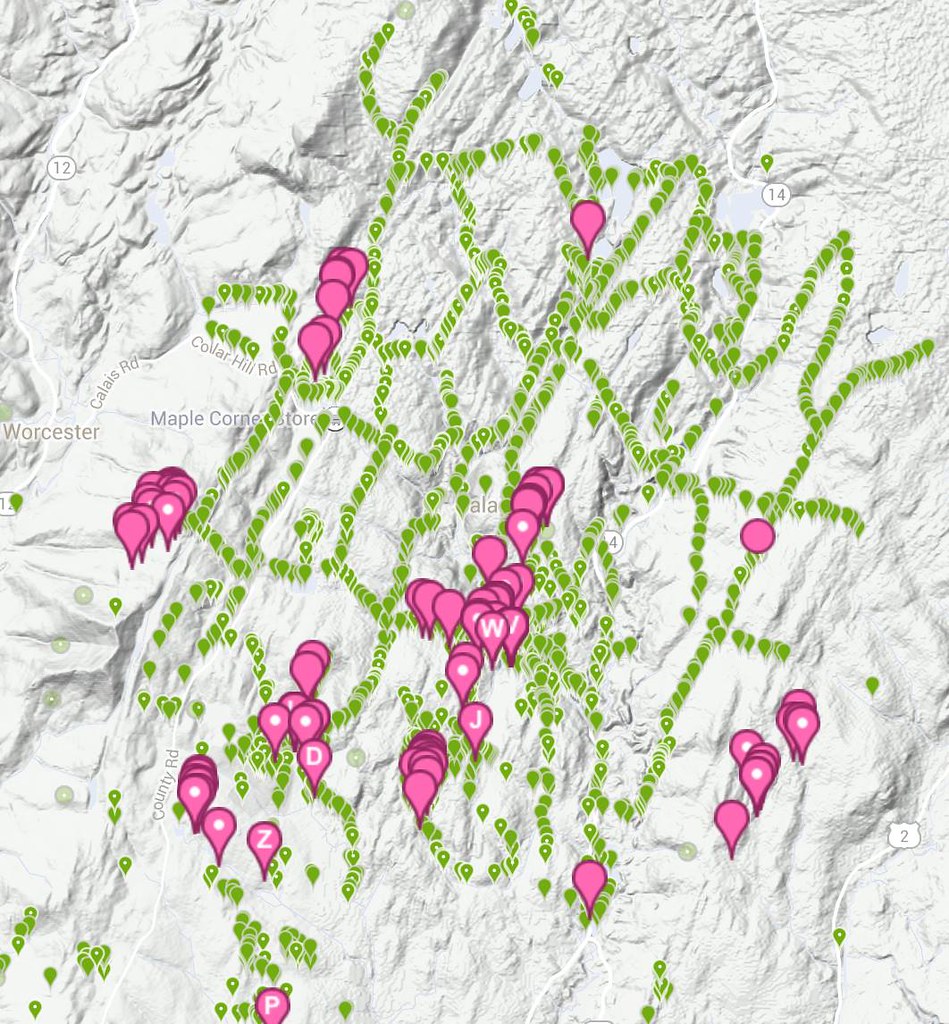Mission Tylos punctatus
@finatic & @jaykeller, I sadly dipped on my hunt for Tylos punctatus during my 2 hour nature window during yesterday's one day work visit to San Diego.

These are very cool native endangered Oniscideans (woodlice/rollypollys) that barely make it into the US along SoCal beaches north to Capistrano Beach. The crazy thing is since these beaches are so developed they're barely hanging on. This paper describes a study that resurveyed Tylos and another native declining Oniscidean with similar habits Alloniscus perconvexus that ranges up to the Bay Area where I've found it a few times.
On Fig 2a of the paper it looked like Silver Strand Beach to the south and Torrey Pines to the north of San Diego are the last places nearby to see Tylos. I went to Silver Strand because it was nearer, but a more careful read shows that there's actually just one surviving population in the whole 'Silver Strand cell'. I talked to the authors and they confirmed that Torrey Pines is a more reliable place to find these guys (and has the added bonus of also having Alloniscus perconvexus).
Your mission, if you choose to accept it, is to avenge my tragic dip and tick Tylos punctatus in San Diego county on iNat. Sections 2.2 & 2.4 of the paper describe how to find these guys during the day (digging down under wracks ~20cm along the high tide line and looking for a pillbug about the size of your last pinky joint - I can confirm this works for Alloniscus). At night, according to Jonathan Wright who studies these:
"I haven't searched for Tylos in the San Diego area, but they should be common there. Any quieter sandy beach would be good habitat. Torrey Pines State Beach looks promising. Just scan the debris along the strand line from the previous high tide after sundown; I've usually found them when it's completely dark - 1-2h after sunset - and they should be active most of the night. Depending on the beach, you may find Alloniscus much commoner than Tylos or vice versa. I've not been able to differentiate their specific habitat requirements, though they are usually found together. Both are beautiful animals! I've found Tylos in the highest densities at Malibu Beach, though this is near their northern limit, so I suspect the San Diego area might be even better. I do worry, however, about the increasing use of SUVs to patrol beaches and the impact this may have on the populations of both these species. I've not found them in a long stretch of Huntington Beach where such traffic is heavy."
If you guys are successful, I'll commit to a similar Bay Area mission of your choosing...
Happy hunting,
Scott














